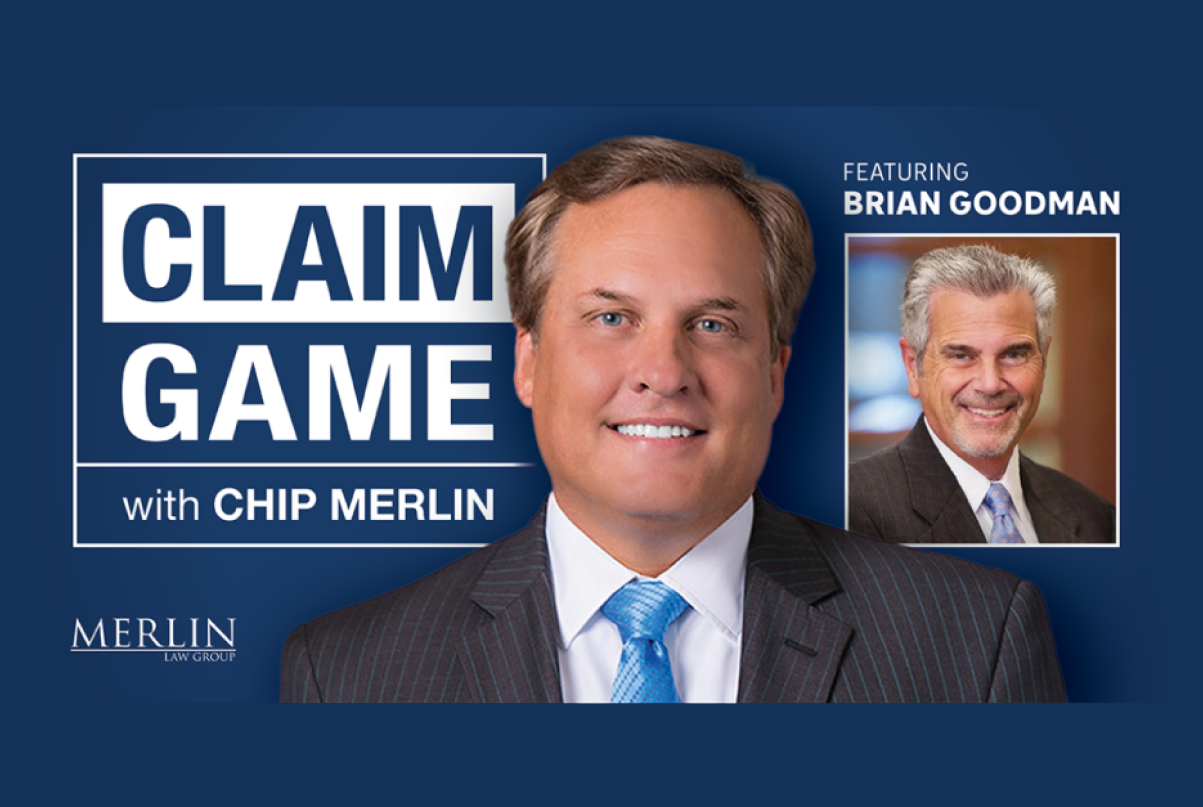Why do we allow insurance executives and investors to secretly pad their salaries and returns by setting up ancillary companies that perform functions that the insurance companies they run and own have to do anyway? This practice was called out by insurance industry columnist and consultant Chris Burand in How to Stabilize the Property Market. He wrote:
The new carrier structure adds to the danger. Most of these structures are some form of assessable reciprocal whereby the founders set up a second company to provide administrative services to their own carrier. The charge is usually 20%-25% of premiums and they get this money without regards to performance. It is money off the top too. They get paid even if the carrier goes insolvent and if the carrier was initially thinly capitalized, especially if the initial surplus was borrowed, then they keep their money and everyone else loses.
Good, old-fashioned insurance carrier financial management and regulations supporting that good, old-fashioned model are the solutions. …The idea of some bank president making millions and not realizing a maturity risk misalignment is happening is a joke. For some of these insurance companies, the founders have significant financial acumen, better than regulators and maybe not in a good way. Reading history and regaining an appreciation of why insurance companies need to be regulated is a good exercise.
This practice is what one former Florida insurance commissioner allowed. In my view, his actions failed Floridians because this insurance structure simply siphoned off money from the insurance company, reduced profits that could have gone into surplus to pay future claims, and simply placed into insurance executives’ pockets by structural reasons rather than performance. I criticized this in How Florida Insurance Executives Siphon Off Millions and Leave Their Companies Bankrupt. I called out the former insurance commissioner for doing nothing about it in Ding Dong the Wicked Insurance Witch Is Dead! Florida’s Insurance Commissioner Resigns! where I stated:
With the revelation about Florida insurance company executives taking money through back-door deals with affiliated companies, where were Altmaier and his staff preventing this?
Burand’s post is a worthwhile read in full. Here are some highlights:
I am not some consumer advocate with little knowledge of how hard it is for insurance companies to make money. Instead, I’m pretty happy to go head-to-head with any insurance carrier financial analysts relative to insurance carrier profitability, the lack of profitability, and how to fix the problem. The fact is that homeowners insurance has been one of the least profitable lines of insurance for the last 20 years and a good reason why is carrier mismanagement of the product.
But it is also a regulatory issue….Large catastrophe losses have no meaning and really no value without looking at how profitable carriers are in non-catastrophe years. In non-catastrophe years, carriers in states like this should make a fortune, as the median loss ratio indicates they are doing. They need to make a fortune in those years, leave the money in the bank, and make extra investment income on that money to pay for the catastrophe years so that ‘on average’ everything averages out, as the saying goes. In this case, for the top 60 carriers, the results do not average out and that is because some carriers don’t make enough in the non-catastrophe years.
…This is one area in which regulators can assist and that is, don’t allow carriers that are too small to provide stability. They are not going to have the resources or the ability to spread the risk when a large portion of agents have more premium than the carrier. I’ll get to the surplus factor momentarily.
…
There are seven carriers that can barely make a profit even on a median basis. In other words, their loss ratios are marginal even when catastrophes do not hit. Really interesting is that their loss ratios tend to be materially better than normal in the catastrophe years and yet their loss ratios in non-catastrophe years are so much worse than normal, they still end up losing more money. This is a competence issue, not a catastrophe issue. It is not a reinsurance issue either. They simply cannot underwrite and/or price correctly…
….when the industry had periodic hard markets about every seven years, the carriers with the best balance sheets wrote a lot of business because they had the surplus available with which to write the business. A carrier that makes money in the good years, especially enough to more than offset the catastrophe years, provides far more stability to the market. This is good for consumers…
One of the reasons insurance company regulation evolved was because many insurance companies were run poorly so that executives and a few shareholders, often one in the same, made money leaving insureds holding the proverbial bag. If you read the origin story of A.M. Best on this subject, you’ll learn just how bad it was. Over time, regulation has been diluted for the sake of more efficiency and the fact that the established insurance companies were managed better for their insureds. With these improvements has come complacency and now we have situations where many new carriers have insufficient resources and models that are again designed to guarantee the enrichment of specific originating parties.
…
Allowing exceptionally high profit margins in non-catastrophe years is another good idea in catastrophe prone states provided regulators insist carriers keep those profits in surplus so that the shareholders/executives use those profits wisely. Preventing thinly capitalized carriers and carriers using models that are somewhat questionable from entering the market is also beneficial because then the better carriers don’t have to play the price game. It prevents too much market concentration happening too quickly with these carriers, which happens.
Another factor might be for regulators to look at the incompetent carriers and not allow them to charge inadequate rates. When the carrier complains they will then be at a competitive disadvantage for writing new business, tell them the truth that based on their performance, their actuarial rates need to be higher and since insurance premiums are supposed to be based on actuarial analysis, standing exists for this requirement. The results between the competent and incompetent are too stark to conclude luck is the major factor.
This solution will stabilize the market and while I’m generally not a fan of heavy regulation, some carrier executives need assistance from regulators in setting responsible rates that protect all stakeholders…
There is no free lunch when it comes to the current property insurance market. Actuarial results and rates to fund the results are important. Recent inflation regarding construction prices inherently raises the need for higher limits. Overall insurance premiums have to go up just to reflect inflation.
Still, as Burand correctly implies, regulators have to understand and be allowed to confront the issue that some players in the insurance market will manipulate it to place short term profits over long term values. Regulators are the police to mandate players in the insurance industry do not cheat or allow dangerous business tactics to cover their incompetence. The regulator has to protect the consumer as well as protect the insurance industry from itself and its bad actors.
Thought For The Day
If you work hard and play by the rules, this country is truly open to you. You can achieve anything.
—Arnold Schwarzenegger




